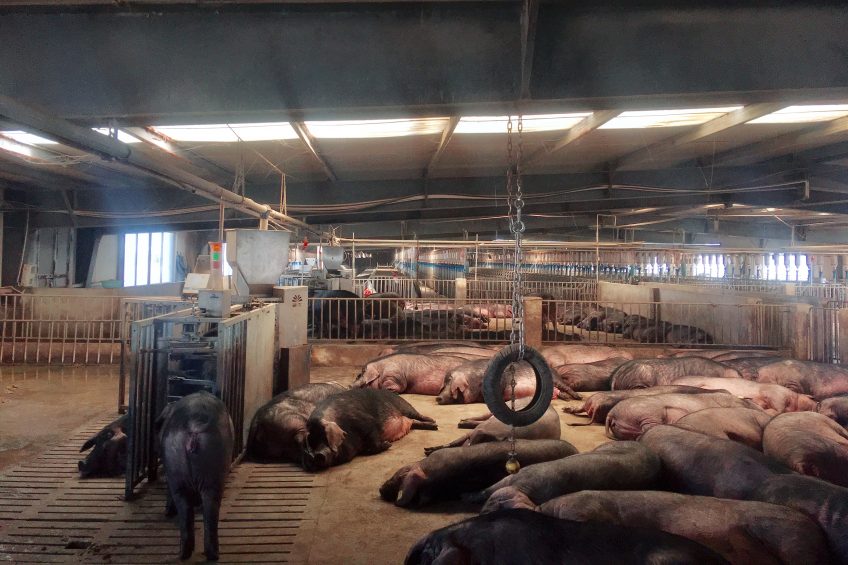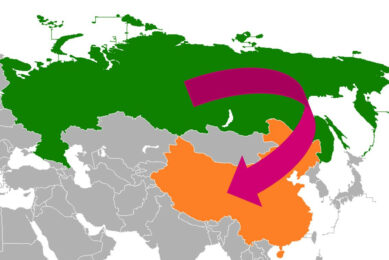Qinglian Food, China’s pioneer for sow group housing

Qinglian Food, a Chinese pork producer, announced last year to phase out sow stalls. What made the company choose to do so?
With the announcement to phase out gestation crates, Qinglian Food says it is the 1st to do so in China. Deadline for this conversion is 2025.
At the company-owned 3,000 sow Zhongzhi farm, in Anhui province, Qinglian Food has already introduced group housing for gestating sows, said Klaudel Xu in an interview with Pig Progress. Ms Xu is director of brand policy at Qinglian Food.
In total, Qinglian Food owns 7,000 sows. The company’s largest location has a capacity of a maximum of 4,400 sows. At Zhongzhi farm, sows are being released into group housing at 30 days post-insemination. The animals are allowed to walk around freely and interact with other sows, according to Ms Xu.
Pig Progress: What made you decide to opt for a conversion to group housing?
Klaudel Xu: “It was not until May 2014 that the Farm Animal Welfare Requirements, Pig was published. It was the first standard for farm animal welfare in China. Since then, the topic has led to a broad debate on this theme. After a long quest into options, we started building group housing for sows. As from 2014, we have already kept gestating sows in group housing at Zhongzhi farm.”
Which type of group housing do you apply?
“We chose to apply large groups with automatic feeding stations. We transfer the sows into loose housing at 30 days after insemination. That is where it is confirmed whether or not they are pregnant. Between day 107 and 110 of gestation, we transfer the sows to the farrowing room.”
What has been the effect on production?
“The new measures have boosted the annual production output. We notice a lower incidence of sow hoof problems. There is also a significant reduction in mortality amongst foetuses and a reduction of breeding costs as well. The next thing we see is that the sow life time is extended, avoiding unnecessary elimination.
“Electronic feeding system was successfully applied for the feeding. They help to provide more accurate feeding and a reduction of stress reactions. It is important, however, to also provide various toys and partitions. Without that, sows tend to fight more.”
Do you have experiences with free range pens for farrowing sows?
“Yes. In 2012, Qinglian tried to keep sows during gestation, farrowing and lactation in livestock pens, according to a traditional raising method in China. Performance figures declined, as the construction and layout of this of pen proved to be unreasonable. In the end we turned the farm into one with conventional pens in 2014.”













